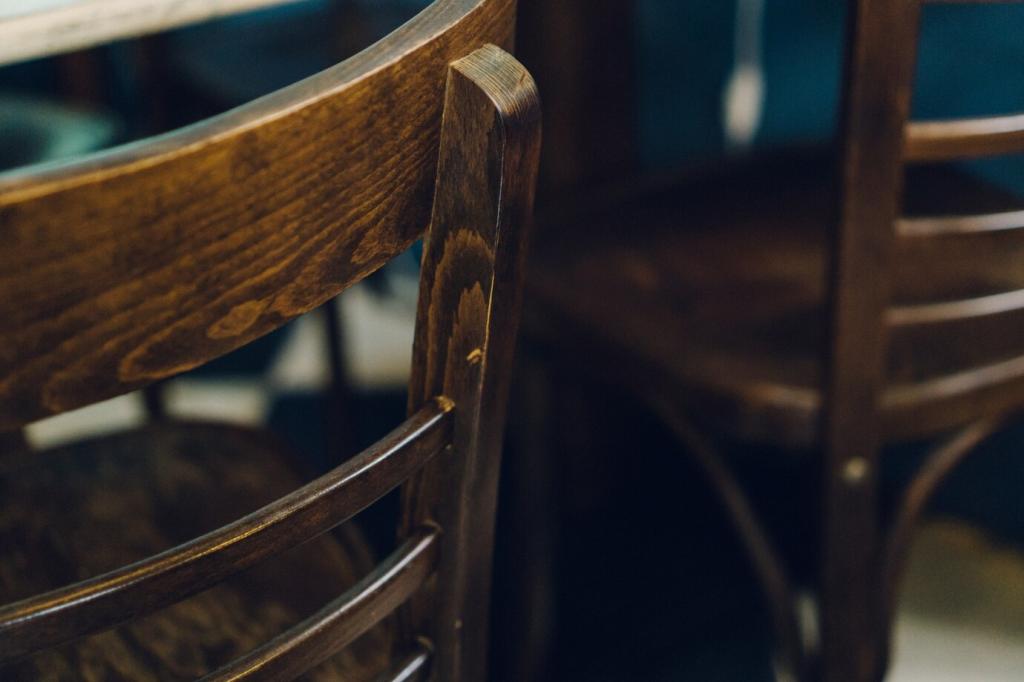
Chosen Theme: Protection Methods for Wooden Furniture
Welcome to a warm, practical guide dedicated to preserving beauty that lasts. Today’s chosen theme is Protection Methods for Wooden Furniture—clear, proven strategies to help your pieces age gracefully. Explore methods, stories, and tips, and join the conversation by sharing your experiences or subscribing for fresh weekly ideas.
Why Wood Needs Protection: Understanding Vulnerability and Strength
Wood expands and contracts as humidity shifts, which can stress joints and finishes. Protection starts by stabilizing the environment, sealing end grain, and avoiding drastic indoor climate swings. Share your region’s humidity challenges and what has worked.
Why Wood Needs Protection: Understanding Vulnerability and Strength
UV light darkens some species and bleaches others, altering tone and finish. Thoughtful placement, UV-filtering window films, and periodic rotation protect surfaces evenly. Have a sun-faded tabletop story? Comment with photos and we’ll feature clever fixes.
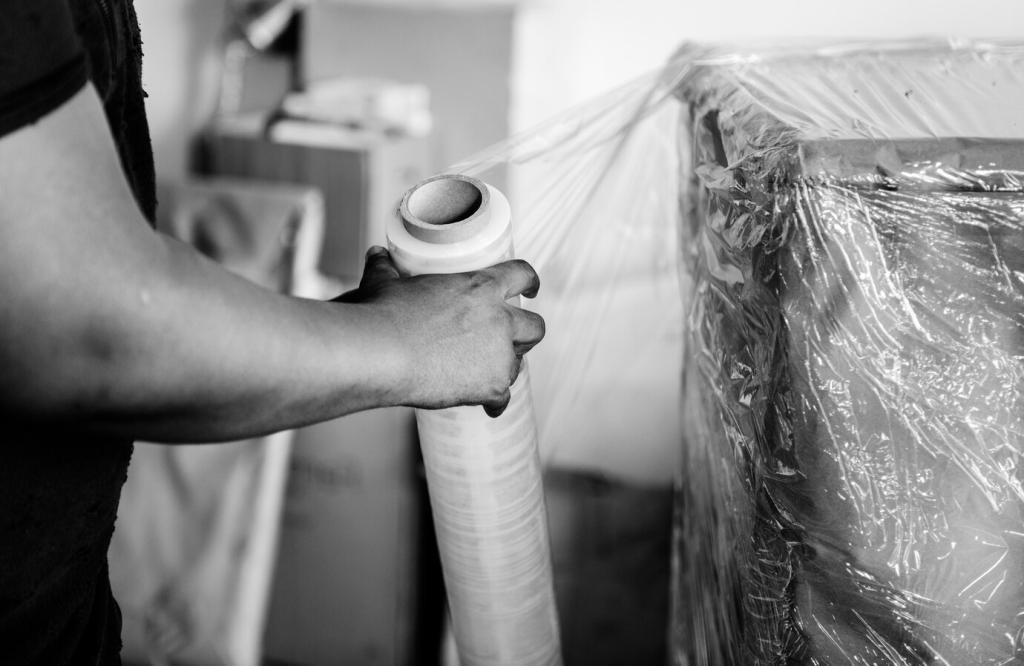
These build protective layers above the wood, offering strong resistance against moisture and spills. They shine in high-traffic areas like dining tables. Consider satin for forgiving touch-ups. Tell us your preferred sheen and why it works in your space.
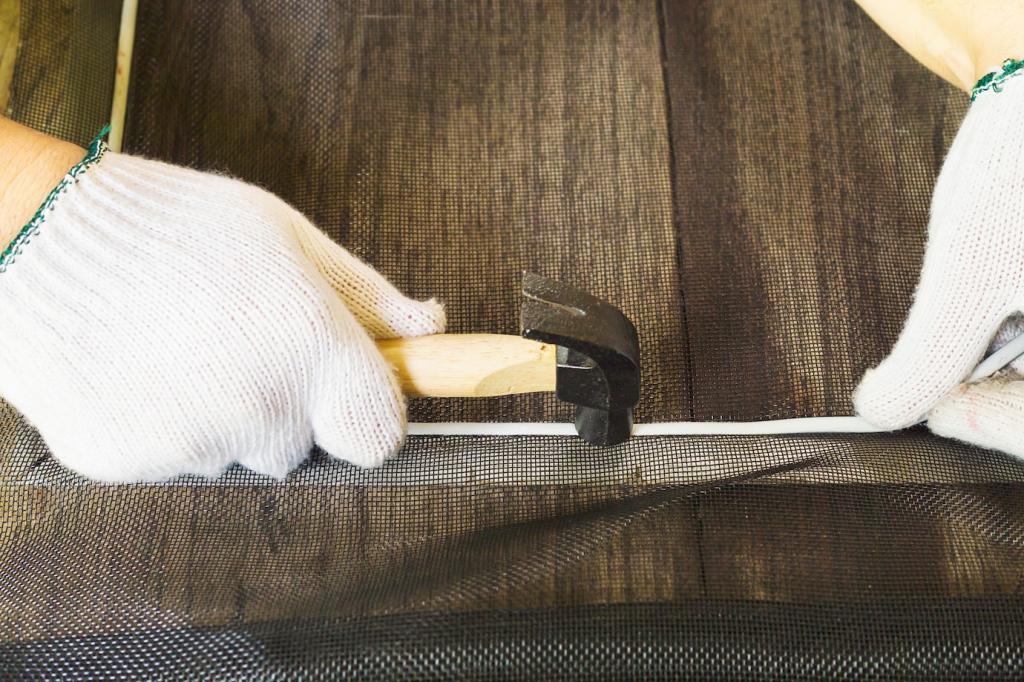
Environmental Control: Protect With Placement and Climate
01
Humidity Discipline: 40–55% Is the Sweet Spot
Use a hygrometer, a small humidifier, or desiccants to hold steady humidity. Consistency prevents cracks and joint gaps. If your seasons swing wildly, share your climate and we’ll recommend practical solutions that fit your home.
02
Temperature, Airflow, and Breathing Room
Avoid vents, radiators, and fireplaces that dry finishes and warp boards. Leave space from walls for airflow. A bit of breathing room prevents condensation too. Post a floor plan sketch and we’ll help optimize placement together.
03
Taming Sunlight: Sheers, UV Film, and Smart Rotation
Sheer curtains, UV films, and periodic rotation reduce uneven fade lines. Consider glass coatings that cut UV without blocking views. If relocating furniture is tough, tell us your limits and we’ll brainstorm incremental improvements.
Armor Against Scratches, Dents, and Drag
Pads, Cups, and Runners Under Everything That Moves
Add felt or rubber pads to chairs and decor bases. Use tempered glass toppers or soft runners in high-use zones. If you have heavy lamps or vases, show us photos and we’ll recommend discreet protective interfaces.
Lift, Don’t Drag: Training the Household
Dragging chairs carves arcs through finishes. Teach a two-person lift for heavy pieces and keep sliders nearby. Place visual cues under chair legs. What’s your household’s biggest friction source? Comment and we’ll brainstorm targeted fixes.
Quick Cosmetic Fixes for Small Blemishes
Colored wax sticks, blending pencils, and spot wax can disguise light scratches swiftly. Always test in a hidden area first. Found a miracle touch-up tool? Share the brand and wood species for community benefit.
Low-VOC and Natural Protection Methods That Still Perform
A gentle blend buffs to a warm sheen and provides a sacrificial layer. My grandmother’s oak desk survived decades with seasonal waxing. Want our simple recipe and ratios? Subscribe, and we’ll email the step-by-step guide.
Modern hardwax oils cure tougher than traditional oils yet remain spot-repairable. Ideal for tabletops needing resilience and easy refresh. Curious about brands or application tricks? Post your wood species and we’ll suggest a tailored product.
A soap finish on beech or ash creates a matte, tactile surface that is easily renewed with routine washing. It favors low-traffic areas. Thinking about a soap finish? Share usage habits to gauge suitability.
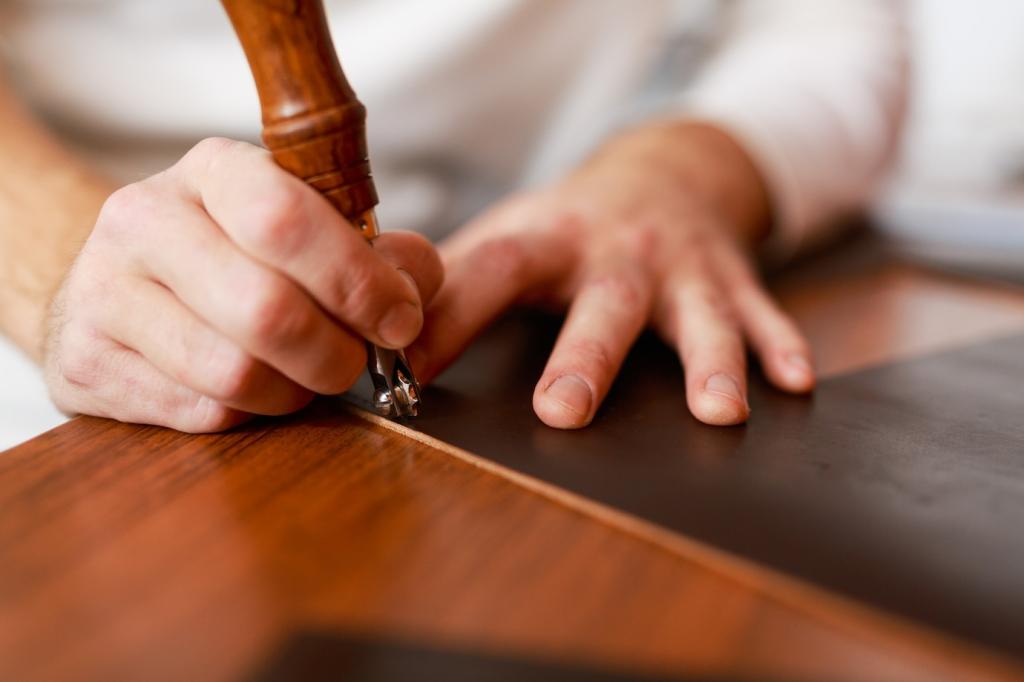
Refinishing Without Regret: Prep, Test, and Timing
Remove oils, waxes, and silicone residues to prevent adhesion failures. Deglossers or gentle abrasives help. Skipping this step risks fish-eye defects. Tell us your current finish, and we’ll advise on safe cleaning sequences.
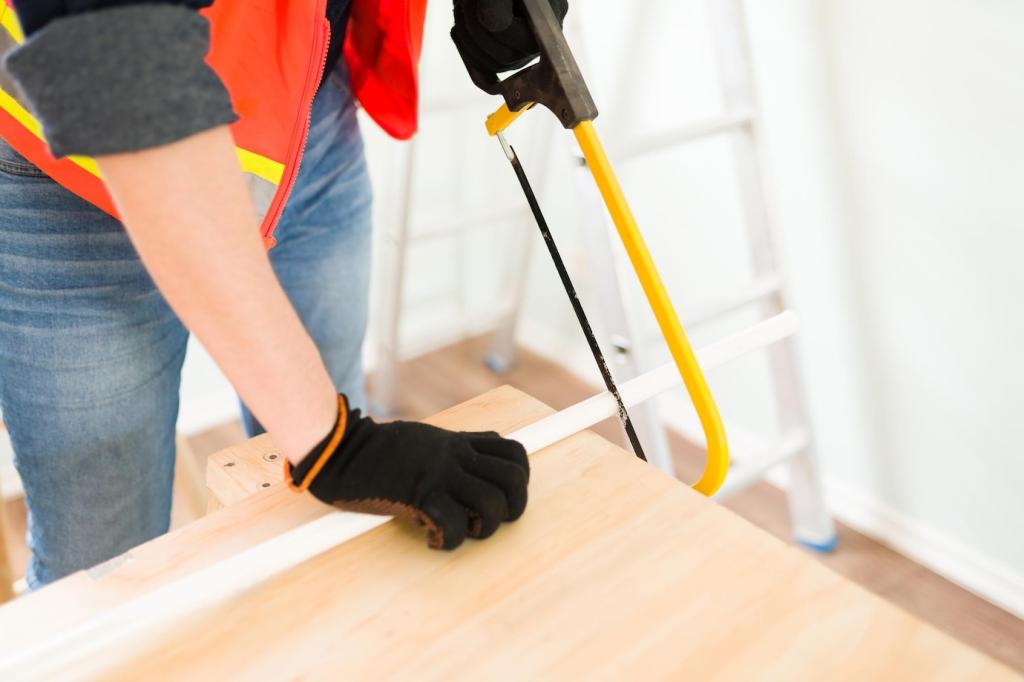
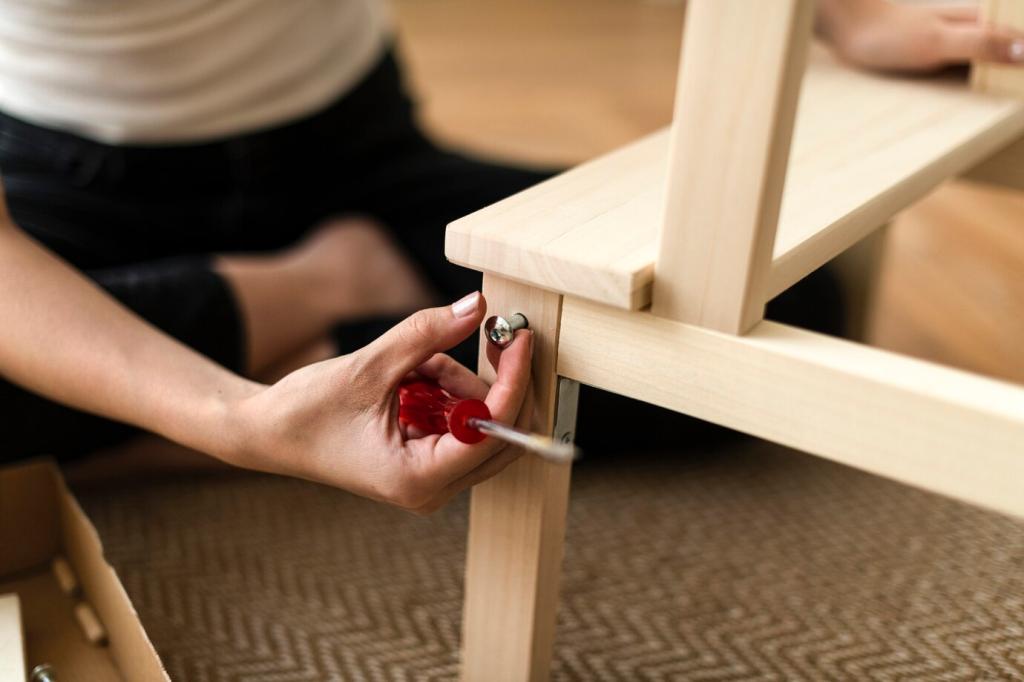
Refinishing Without Regret: Prep, Test, and Timing
Progress through grits systematically, vacuum between steps, and raise grain before final sanding if water-based finishes are planned. Good dust control ensures flawless coats. Share your sander setup and we’ll optimize the workflow together.
